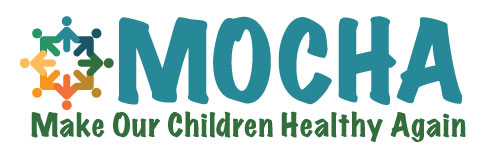
Pediatric Environmental Health Questionnaire (PEHQ)
| Score | Assessment |
|---|---|
| 0 – 4 | The child has a low toxicant load, but steps should be taken to lower future risks |
| 4 – 7 | The child has a moderate toxicant load which could be a significant obstacle to healing |
| 7 – 10 | The child has a very high toxicant load, and steps should be taken quickly to decrease their overall toxic load and improve their health |
